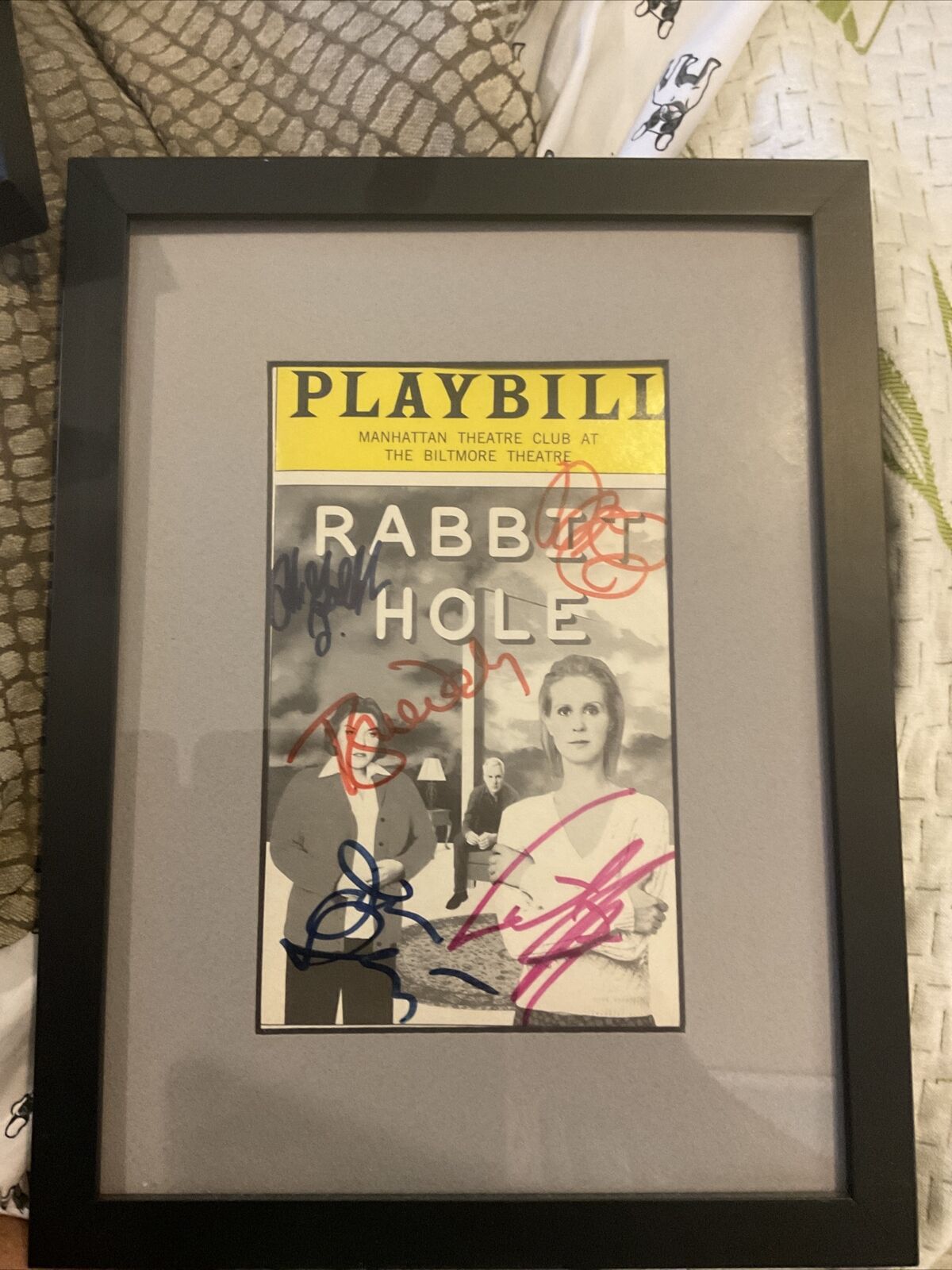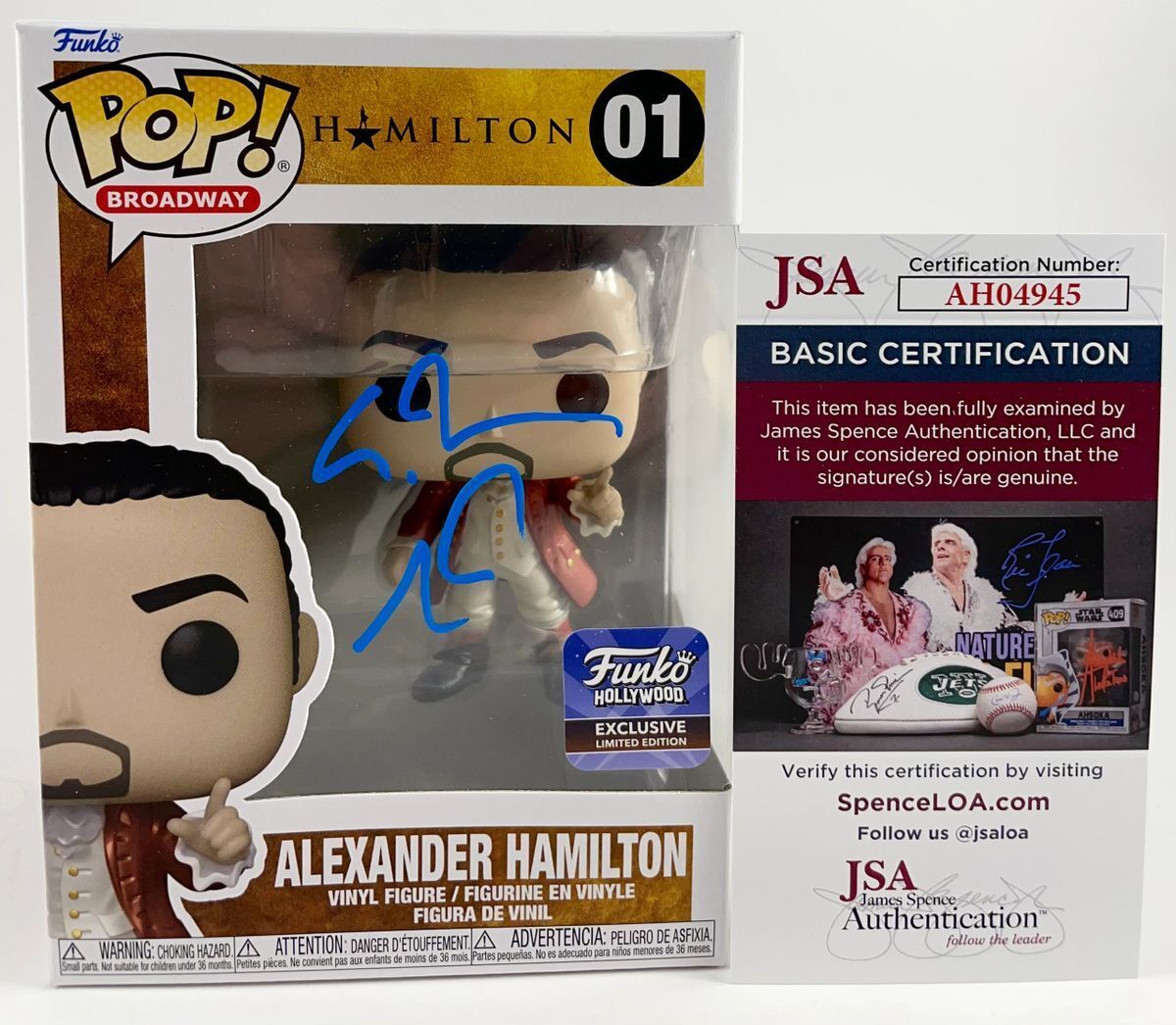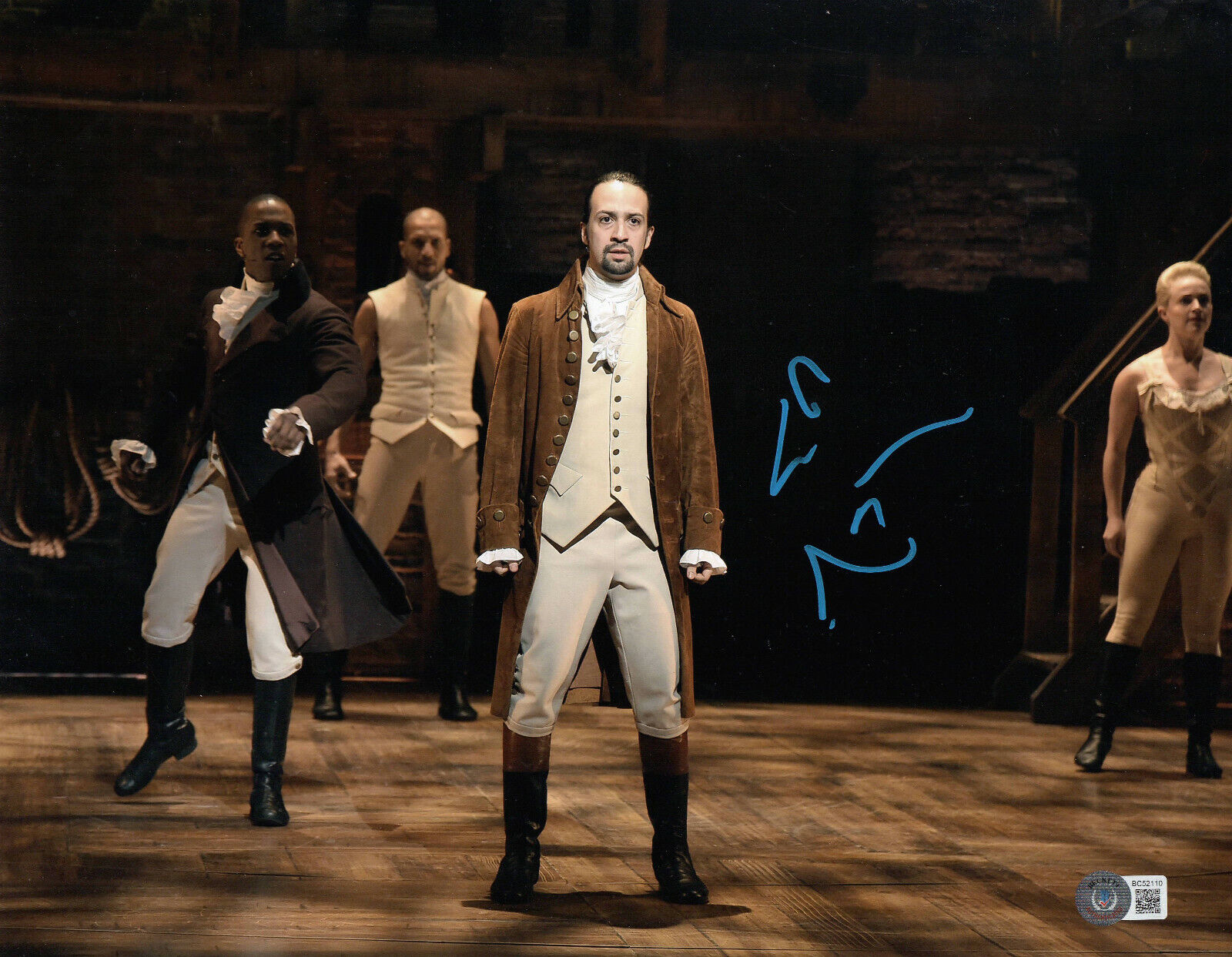-40%
*FRANKENSTEIN: 1824 AUTOGRAPHED THEATRE BOX PROCUREMENT FOR MARY SHELLEY*
$ 147.83
- Description
- Size Guide
Description
During the rainy summer of 1816, the "Year Without a Summer," the world was locked in a long cold volcanic winter caused by the eruption of Mount Tambora in 1815. Mary Shelley, aged 18, and her lover (and later husband) Percy Bysshe Shelley, visited Lord Byron at the Villa Diodati by Lake Geneva in Switzerland. The weather was consistently too cold and dreary that summer to enjoy the outdoor holiday activities they had planned, so the group retired indoors until dawn.Sitting around a log fire at Byron's villa, the company amused themselves by reading German ghost stories translated into French from the book Fantasmagoriana, then Byron proposed that they "each write a ghost story." Unable to think of a story, young Mary Godwin became anxious: "Have you thought of a story? I was asked each morning, and each morning I was forced to reply with a mortifying negative." During one evening in the middle of summer, the discussions turned to the nature of the principle of life. "Perhaps a corpse would be re-animated," Mary noted, "galvanism had given token of such things." It was after midnight before they retired, and unable to sleep, she became possessed by her imagination as she beheld the grim terrors of her "waking dream." The result, of course, was Frankenstein.
A rare February 20, 1824 autograph letter from the British actor-manager Charles Kemble of the Theatre Royal, Covent Garden, to Mr. Payne, almost certainly the actor and playwright John Howard Payne (although the integral address leaf bears the name of J. Hayward, Esq.), sending an order for a private box. A pencil note at the foot of Kemble's letter is of interest, as the researcher observes that John Howard Payne would probably have been procuring the box for Mary Shelley.
John Howard Payne (1771-1852) was an American actor, poet, and playwright who enjoyed great success in London and in 1822 collaborated with Charles Kemble on a play that featured the famous ballad "Home, Sweet Home." At around the same time, Payne became romantically infatuated with Mary Shelley (1878-1851), English novelist of Frankenstein, and proposed marriage to her in 1826. Shelley declined the offer, saying that having been married to one genius she could only marry another. Payne remained unmarried for the rest of his life. Dimensions eight and seven eighths by seven and three eighths inches. Light wear otherwise fine. See Mary Shelley and John Howard Payne's extraordinary biographies below.
Shipping discounts for buyers of multiple items. Credit cards accepted with Paypal. Inquiries always welcome. Please visit my other eBay items for more early theatre and historical autographs, broadsides, photographs and programs and great actor and actress cabinet photos and CDV's.
From Wikipedia:
Frankenstein; or, The Modern Prometheus, is a novel written by English author Mary Shelley about the young student of science Victor Frankenstein, who creates a grotesque but sentientcreature in an unorthodox scientific experiment. Shelley started writing the story when she was eighteen, and the novel was published when she was twenty. The first edition was published anonymously in London in 1818. Shelley's name appears on the second edition, published in France in 1823.
Shelley had travelled through Europe in 1814, journeying along the river Rhine in Germany with a stop in Gernsheim which is just 17 km (10 mi) away from Frankenstein Castle, where two centuries before an alchemist was engaged in experiments.[1][2][3] Later, she travelled in the region of Geneva (Switzerland)—where much of the story takes place—and the topics of galvanismand other similar occult ideas were themes of conversation among her companions, particularly her lover and future husband, Percy Shelley. Mary, Percy, Lord Byron, and John Polidori decided to have a competition to see who could write the best horror story. After thinking for days, Shelley dreamt about a scientist who created life and was horrified by what he had made; her dream later evolved into the story within the novel.
Frankenstein is infused with elements of the Gothic novel and the Romantic movement and is also considered to be one of the earliest examples of science fiction. Brian Aldiss has argued that it should be considered the first true science fiction story, because unlike in previous stories with fantastical elements resembling those of later science fiction, the central character "makes a deliberate decision" and "turns to modern experiments in the laboratory" to achieve fantastic results.[4] It has had a considerable influence across literature and popular culture and spawned a complete genre of horror stories, films, and plays.
Since publication of the novel, the name "Frankenstein" is often used to refer to the monster itself, as is done in the stage adaptation by Peggy Webling. This usage is sometimes considered erroneous, but usage commentators regard the monster sense of "Frankenstein" as well-established and an acceptable usage.[5][6][7] In the novel, the monster is identified via words such as "creature", "monster", "fiend", "wretch", "vile insect", "demon", "being", and "it". Speaking to Victor Frankenstein, the monster refers to himself as "the Adam of your labours", and elsewhere as someone who "would have" been "your Adam", but is instead "your fallen angel.
Mary Wollstonecraft Shelley (née Godwin; 30 August 1797 – 1 February 1851) was an English novelist, short story writer, dramatist, essayist, biographer, and travel writer, best known for herGothic novel Frankenstein: or, The Modern Prometheus (1818). She also edited and promoted the works of her husband, the Romantic poet and philosopher Percy Bysshe Shelley. Her father was the political philosopher William Godwin, and her mother was the philosopher and feminist Mary Wollstonecraft.
Mary Godwin's mother died when Mary was eleven days old; afterwards, Mary and her older half-sister, Fanny Imlay, were reared by their father. When Mary was four, Godwin married his neighbour, Mary Jane Clairmont. Godwin provided his daughter with a rich, if informal, education, encouraging her to adhere to his liberal political theories. In 1814, Mary Godwin began a romantic relationship with one of her father’s political followers, the married Percy Bysshe Shelley. Together with Mary's stepsister, Claire Clairmont, they left for France and travelled through Europe; upon their return to England, Mary was pregnant with Percy's child. Over the next two years, she and Percy faced ostracism, constant debt, and the death of their prematurely born daughter. They married in late 1816 after the suicide of Percy Shelley's first wife, Harriet.
In 1816, the couple famously spent a summer with Lord Byron, John William Polidori, and Claire Clairmont near Geneva, Switzerland, where Mary conceived the idea for her novel Frankenstein. The Shelleys left Britain in 1818 for Italy, where their second and third children died before Mary Shelley gave birth to her last and only surviving child, Percy Florence Shelley. In 1822, her husband drowned when his sailing boat sank during a storm near Viareggio. A year later, Mary Shelley returned to England and from then on devoted herself to the upbringing of her son and a career as a professional author. The last decade of her life was dogged by illness, probably caused by the brain tumour that was to kill her at the age of 53.
John Howard Payne
(June 9, 1791 – April 10, 1852) was an American actor, poet, playwright, and author who had most of his theatrical career and success in
London
. He is today most remembered as the creator of "
Home! Sweet Home!
", a song he wrote in 1822 that became widely popular in the United States, Great Britain, and the English-speaking world. After his return to the United States, Payne spent time with the
Cherokee
Indians. He published accounts that suggested their origin as one of the
Ten Lost Tribes
of ancient
Israel
.
In 1842, Payne was appointed American Consul to
Tunis
, where he served for nearly 10 years until his death. Payne was a distant cousin of the American
parlor song
composer
Carrie Jacobs-Bond
, born 10 years after Payne's death.
John Howard Payne was born in New York City on June 9, 1791, one of the eldest of nine children and seven sons. Soon after his birth, his father moved the family to
Boston
, where he headed a school. The family also spent time at his grandfather's colonial-era house in
East Hampton, New York
, which was later preserved in honor of Payne.
[2]
As a youth, Payne showed precocious dramatic talent, but his father tried to discourage that path. After the death of an older brother, his father installed young Payne, age 13, in the brother's position at the same accountants' firm in New York, but the boy did not have a mind for commerce.
His interest in theater was irrepressible. He published the first issue of
The Thespian Mirror
, a journal of theater criticism, at age 14. Soon after that, he wrote his first play,
Julia: or the Wanderer, a comedy in five acts
. Its language was racy, and it closed quickly.
[2]
Payne then caught the attention of John E. Seaman, a wealthy New Yorker who recognized his talent and paid for his education at
Union College
.
[3]
Payne started a college paper called the
Pastime
, which he kept up for several issues. When he was 16, his mother died and his father's business failed. Payne thought he could best assist his family by leaving college and going on stage, and made his debut on February 24, 1809 as Young Norval in the play by the same name, at the old Park Theatre in New York. He was a brilliant success, and played in other major cities to acclaim. In a brief interval away from the theatre, he founded the Athenaeum, a circulating library and reading room.
[3]
Payne was friends with
Sam Colt
and his brother
John C. Colt
, who was accused of murdering a printer named Samuel Adams. Payne was a character witness at John Colt's murder trial and acted as a witness in Colt's wedding ceremony to Caroline Henshaw on the morning of Colt's scheduled execution.
[4]
Career
[
edit
]
Our Home Cyclopedia: Cookery and Housekeeping,
published in 1889, has an illustration of the
hearth
in John Howard Payne's home.
After the death of Payne's father, the young actor was taken up by the English tragedian
George Frederick Cooke
who came to America and became interested in him. Cooke appeared with Payne in
King Lear
at New York's Park Theatre. He encouraged Payne to go to London for its theatre world, which the young man did in February 1813.
[3]
Payne's first engagements as an actor in London were very successful, and he played at
Drury Lane
and
Covent Garden
theatres. Payne also went to Paris, where he attended much theater and met people in the circles. He decided to try writing, which he did easily and quickly, both in English, and translating from French to English. He was paid to translate several French plays for production in London. In 1818 he wrote his own play
Brutus
, which he sold. Wanting to branch out, he produced some of his own pieces at
Sadler's Wells Theatre
but, as a theater manager, struggled to make ends meet.
[3]
In 1823, Payne worked on a play proposal with
Charles Kemble
, the manager of Covent Garden Theatre, out of a number he sold to him as a group for £230. Because the one Kemble chose was being produced elsewhere, Payne easily changed the plot, added lyrics for songs and duets to it, and transformed it into an opera he called
Clari; or the Maid of Milan
. This included his poem and ballad "Home, Sweet Home", which helped make the opera an instantaneous success and Payne a famous man. Sir
Henry Bishop
wrote the music, based on an Italian folk song.
[5]
When the song was published separately, it quickly sold 100,000 copies. The publishers made a considerable profit from it, net £2100 in the first year, and the producer of the opera did well. However, Payne did not really profit by its success.
[3]
"While his money lasted, he was a prince of bohemians", but had little business sense.
[6]
While in Europe, Payne was reportedly romantically infatuated with
Mary Shelley
, the author of
Frankenstein
. She had nothing but a literary interest in him. Payne never married.
After spending nearly twenty years in Europe, Payne returned to New York and the United States in 1832.
[7]
Friends arranged a benefit concert in New York to try to help him give him a stake.
[8]
He also toured the country with artist
John James Audubon
.
[2]
Payne developed a strong interest in the
Cherokee
Indians, whose fate had become a public issue. Acknowledged as one of the
Five Civilized Tribes
, they had developed self-government, a constitution, and written language, but they were under extreme pressure from the US government for removal to the trans-Mississippi West from the southeastern United States. Payne was taken by their story, and lobbied Congress against their removal.
In 1836, Payne went to
Georgia
as the guest of the Cherokee Chief
John Ross
, who opposed removal. There were great tensions within the tribe and state at the time.
Major Ridge
supported removal. Payne visited with Ross to collect and record the myths, religious traditions, foodways and other aspects of the Cherokees. While staying with Ross, Payne was arrested and briefly imprisoned by Georgia authorities as his arrival was considered suspicious. Intercession by General
Edward Harden
of
Athens
, to whom Payne had a letter of introduction, accomplished his release.
[7]
Payne reported his findings in popular newspaper articles, and also had considerable work that was never published. Payne's collected, unpublished papers from the 1830s have served as important source material for scholars.
[2]
The writer had visited with the nation as it was on the verge of dramatic change. In 1838, most of the Cherokee did go west on the
Trail of Tears
. Removal meant the Cherokee Nation was split and transformed, with eastern and western groups developing independently after that time.
Payne believed his research demonstrated that the Cherokee were one of the
Ten Lost Tribes
of ancient
Israel
.
[2]
Payne was reflecting historians and other researchers who still proposed this theory in the nineteenth century. It was at a time when historians tried to correlate their ideas with the
Bible
and classical texts, and were trying to fit the Native Americans into a biblical scheme of origin.
[9]
Some scholars criticized Payne for his refusal to accept that the Cherokee had their origins in North America. Others considered his work biased by his attempt to show the "Hebrew" origins of Cherokee religion. When coming upon elements he seemed to recognize from
Judaism
, rather than seeing these as organic forms that could have arisen independently in numerous religions (Eliade), Payne claimed they were derived from Judaism.
[2]
The work of
archaeologists
,
linguists
and
anthropologists
has confirmed that the Cherokee were descended from
prehistoric
indigenous peoples
of
North America
. Scholars have concluded that these prehistoric peoples originated from eastern Asia and migrated across the
Bering Straits
to North America more than 15,000 years ago. Although Payne's theory of Cherokee origins related to Biblical tribes has been replaced by the facts of Asian origin, his unpublished papers are useful to researchers as a rich source of information on the culture of the Cherokee in the early decades of the 19th century.
John Howard Payne's memorial stone in Oak Hill Cemetery in Washington, DC
Last years in North Africa
[
edit
]
In 1842, President
John Tyler
appointed Payne as the American Consul in
Tunis
, due in part from support from
statesman
William Marcy
and
Secretary of State
Daniel Webster
, who were moved by his famous song and wanted to help him.
[2]
Payne served twice in North Africa (the area of present-day
Tunisia
). He died in Tunis in 1852 and was buried there in St. George's Protestant Cemetery.
[10]
Late celebration
[
edit
]
"[N]ever was a dead poet so famous for a single song, or so honored."
[11]
Payne's song was widely sung during the
American Civil War
, when it was treasured by troops of both the North and the South. It was also a particular favorite of President
Abraham Lincoln
. He asked Italian opera star
Adelina Patti
to perform it for him and his wife when she appeared at the White House in 1862. The Lincolns were still mourning the death of their son Willie.
[2]
In February 1883, Payne's remains were disinterred and brought to the U.S. by steamer, at the suggestion and expense of the philanthropist W.W. Corcoran of
Washington, DC
, who arranged reinterment in his home city. (He was the founder of the
Corcoran Gallery
.) In New York, the coffin with Payne's remains was received with honors and transported by black funeral hearse to City Hall, where it was held in state while several thousand people visited the hall to pay respects.
[3]
[12]
For a day, all the papers were filled again with the story of his life, for "his song is that one touch of nature which makes the world kin. It is the frailest thread of which fame was ever spun."
[8]
The remains were transported to Washington, DC, and held for services on the anniversary of Payne's birth in June.
Arrangements were made for a memorial service to mark the reinterment of Payne's remains at
Oak Hill Cemetery
in the
Georgetown
neighborhood. (Corcoran had created this cemetery, where many Civil War veterans were buried.)
[2]
The memorial service was held on the 91st anniversary of Payne's birth and was attended by President
Chester A. Arthur
, members of his cabinet, the
State Department
and the
Supreme Court
; the Marine Band, and a crowd of 2,000-3,000, filled with literary and other prominent people.
[13]
Organizers arranged for a full choir to sing "Home, Sweet Home."
Charles Kemble
(25 November 1775 – 12 November 1854) was a Welsh-born English
actor
of a prominent
theatre family
[1]
Charles Kemble, was one of 13 siblings and the youngest son of English Roman Catholic theatre manager/actor
Roger Kemble
, and Irish-born actress Sarah Ward, Charles Kemble was the younger brother of, among others,
John Philip Kemble
,
Stephen Kemble
and
Sarah Siddons
, he was born at
Brecon
,
South Wales
. Like his brothers he was raised in his father's Catholic faith. His sisters were raised in their mother's Protestant faith. He and John Philip were educated at
Douai
.
After returning to England in 1792, he obtained a job in the
post office
, but soon resigned to go on the stage, making his first recorded appearance at
Sheffield
as Orlando in
As You Like It
in that year. During the early part of his career as an actor he slowly gained popularity. For a considerable time he played with his brother and sister, chiefly in secondary parts, and received little attention.
Briggs, Henry Perronet - Charles Kemble - Google Art Project
His first
London
appearance was on 21 April 1794, as Malcolm to his brother's
Macbeth
. Ultimately he won independent fame, especially in such characters as Archer in
George Farquhar
's
Beaux' Stratagem
, Dorincourt in
Hannah Cowley
's
Belle's Stratagem
, Charles Surface and Ranger in
Benjamin Hoadley
's
Suspicious Husband
. His
Laërtes
and
Macduff
were as accomplished as his brother's
Hamlet
and Macbeth. His production of
Cymbeline
in 1827 inaugurated the trend to historical accuracy in stagings of that play that reached a peak with
Henry Irving
at the turn of the century.
In comedy he was ably supported by his wife,
Marie Therese De Camp
, whom he married on 2 July 1806. His visit, with his daughter
Fanny
, to America during 1832 and 1834, aroused much enthusiasm. The later part of his career was beset by money troubles in connection with his joint proprietorship of
Covent Garden
theatre.
He formally retired from the stage in December 1836, but his final appearance was on 10 April 1840. From 1836-1840 he held the office of
Examiner of Plays
.
[2]
In 1844-45 he gave readings from
Shakespeare
at Willis's Rooms.
Macready
regarded his Cassio as incomparable, and summed him up as "a first-rate actor of second-rate parts."
[












